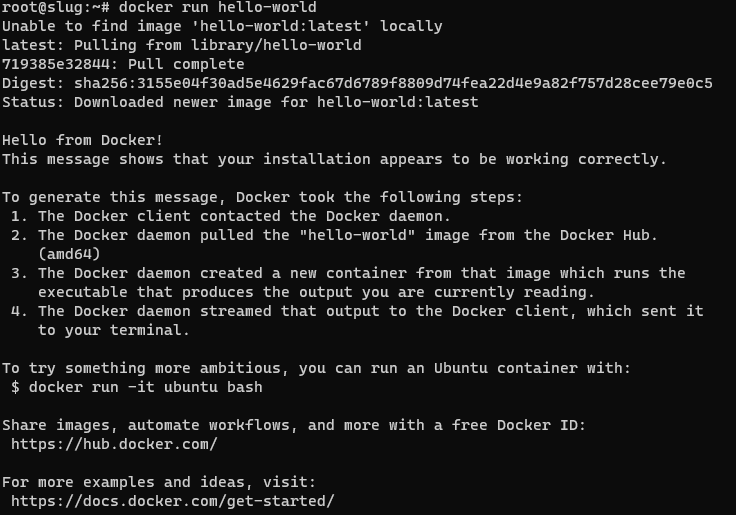

Where do you live that Antarctica is “up”?


Where do you live that Antarctica is “up”?


For me it’s not about the size, it’s about the understanding. I’d really like to understand what everything on my system does and why it’s there. It seems impossible with modern systems. Back in the '90s I needed a secure email relay - it had lilo, kernel, init, getty, bash, vi, a few shell utils (before busybox…), syslogd and sendmail. I’m not sure any more as it was a long time ago, but I think I even statically linked everything so there was no libc. I liked that system.


I assume “data” includes your container configuration files in this strategy?


It should be obvious from the context here, but you don’t just need geographic separation, you need “everything” separation. If you have all your data in the cloud, and you want disaster recovery capability, then you need at least two independent cloud providers.


I used Kodi and now use Jellyfin as client/server - my media is on a local server. The difference (the way I use it) is that with Kodi the server was just a file server and the client (Kodi) was doing all the work. The Jellyfin server is a media server and the clients are very lightweight. I was pushed to move to Jellyfin when I got a new Sony TV - the built-in Android TV experience was very usable but I couldn’t install Kodi - it ran out of space trying to build the media database. I’m sure there are ways I could have made it work, but I’d heard about Jellyfin and figured I’d try it. I liked it and never went back.
All that makes sense - except that I’m taking about 1or 2 physical servers at home and my only real motivation for looking into containers at all is that some software I’ve wanted to install recently has shipped as docker compose scripts. If I’m going to ignore their packaging anyway, and massage them into some other container management system, I would be happier just running them of bare metal like I’ve done with everything else forever.


I think Kodi was amazing when it was XBMC and the only real option. It seems to be falling behind now though :-( I moved to Jellyfin a couple of years ago.
Currently no virtualisation at all - just my OS on bare metal with some apps installed. Remember, this is a single machine sitting in my basement running Samba and a couple of other things - there’s not much to orchestrate :-)
Wow - I thought docker was overkill for a home server and you’ve gone kubernetes! I guess if you use it for work and that’s what you’re comfortable with?
Because it seems overkill for a home server. Up until recently all I ran was Samba and a torrent daemon. Why would I install another layer of overhead to manage two applications on one server?
Yeah, I get it now. Just the way I read it the first time it sounded like you were saying that was a complete command and it was going to do something “magic” for me :-)
That’s exactly how I feel about it. Except (as noted in my post…) the software availability issue. More and more stuff I want is “docker first” and I really have to go out of my way to install and maintain non docker versions. Case in point - I’m trying to evaluate Immich so I can move off Google photos. It looks really nice, but it seems to be effectively “docker only.”
# docker compose up -d
no configuration file provided: not found
Why not? Because I’ve never heard of it until this thread - lots of people mentioning it so obviously I’ll look into it.



Well, that wasn’t a huge investment :-) I’m in…
I understand I’ve got LOTS to learn. I think I’ll start by installing something new that I’m looking at with docker and get comfortable with something my users (family…) are not yet relying on.
Almost a chuckle